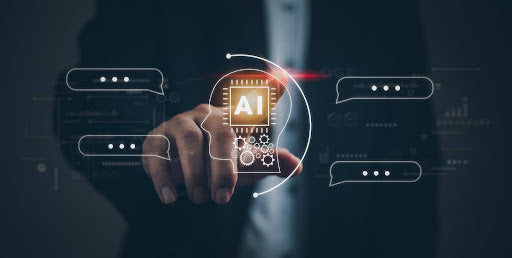The Full-Scale Training of GPT-5 Begins
Recent developments suggest that OpenAI has initiated the full-scale training run of its latest artificial intelligence model, GPT-5. This step marks a significant milestone in AI advancement, following the organisation's tradition of starting with smaller-scale models to gather insights before embarking on full training runs.
Greg Brockman, President and Co-Founder of OpenAI hinted at this development in a tweet that emphasised the organisation's commitment to harnessing all computing resources to scale beyond precedent. This move indicates the training of their largest and most advanced model yet.
Jason Way, a prominent researcher at OpenAI, further supported this with a tweet expressing the thrill of launching such a massive GPU training effort, showcasing the enthusiasm and anticipation within the AI community.
Understanding GPT-5's Potential Through Incremental Development
GPT-5’s development journey includes safety testing and incremental training. As OpenAI progresses through various checkpoints - akin to saving progress in a video game - this approach allows them to test and understand the model's evolving capabilities.
The anticipation surrounding GPT-5 also involves exploring new functionalities and incorporating the ability of the AI to think for more extended periods. This includes laying out reasoning steps before solving a problem and then having those steps internally or externally verified.
Sam Altman, CEO of OpenAI, has discussed the importance of multimodality and reasoning ability in future AI models. He emphasised the significance of AI being able to explain its reasoning in natural language, allowing users to assess the logic behind its conclusions.
Technological Advancements and Predictions for GPT-5
The scale of GPT-5 is speculated to be significantly larger than its predecessors, potentially incorporating a larger embedding dimension, more layers, and a double number of experts. This would allow for more granular training and deeper pattern recognition.
Moreover, OpenAI’s focus on multimodal data and multilingual capabilities suggests that GPT-5 will make significant strides in understanding and generating content in various languages and formats.
Practical Applications and Future Implications
A fascinating aspect of the current AI models is their ability to handle scrambled text and typos, showcasing advanced understanding and prediction beyond human capabilities. This feature alone has practical implications for everyday use, saving time and enhancing user interaction with AI tools.
Release Predictions and the Future Landscape of AI
While the exact capabilities and release date of GPT-5 remain speculative, the AI community anticipates a launch towards the end of 2024. This prediction is based on the training timeline and necessary safety testing that precede the release of such advanced models.
The release of GPT-5 is expected to be a phased process, introducing different functionalities over time. This approach aligns with AI development's cautious and methodical nature, ensuring that each step forward is grounded in thorough testing and understanding.
Conclusion
The development of GPT-5 stands as a testament to the rapid progress in AI. As we await its full capabilities, the excitement within the AI community is palpable, with the promise of a model that could redefine our interaction with technology. The journey towards GPT-5 symbolises a leap in AI advancement and highlights the continuous exploration and discovery that defines the ever-evolving landscape of artificial intelligence.
For more detailed insights and analysis on AI development and its implications, AI enthusiasts can explore exclusive content on platforms like AI Insiders on Patreon.


































